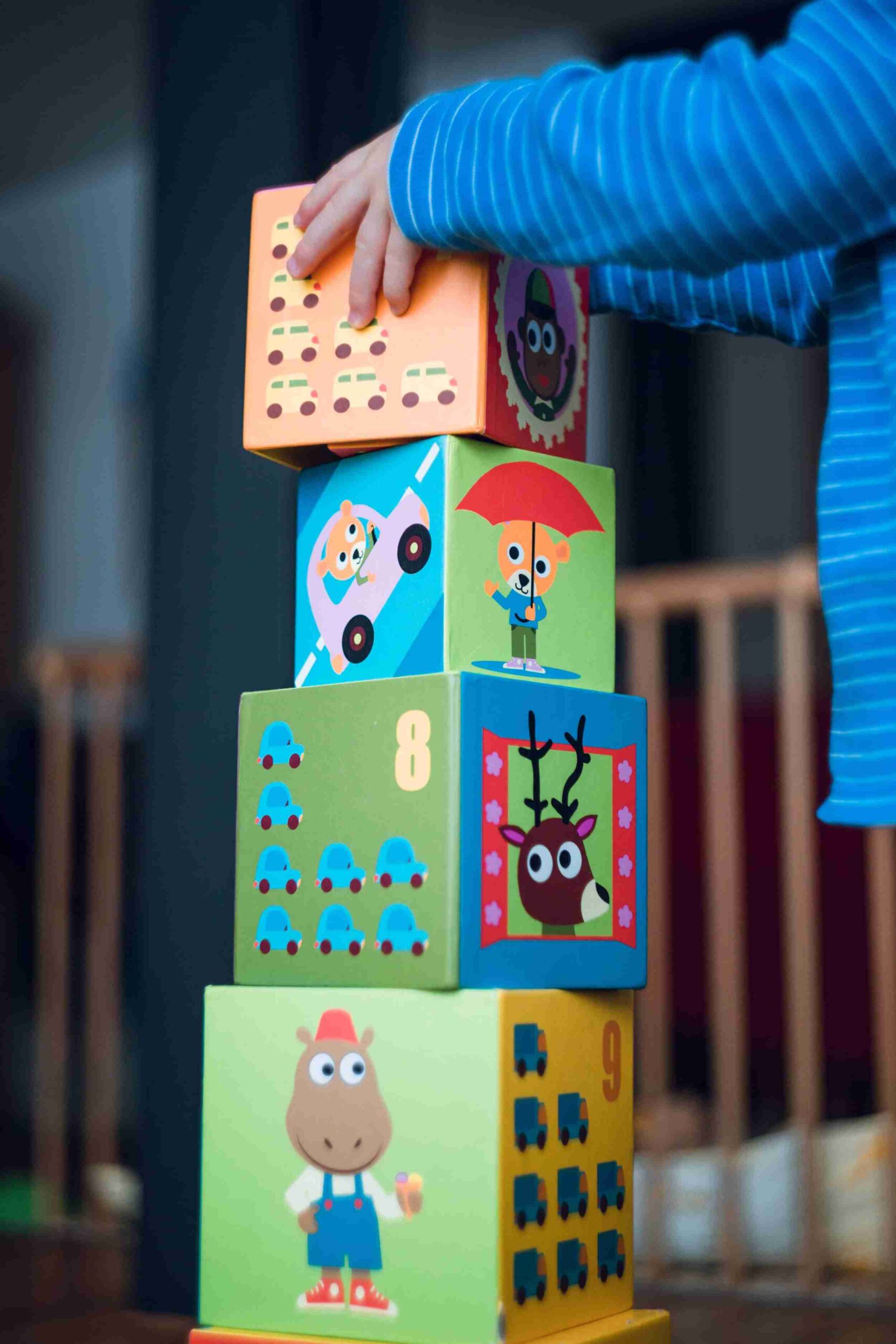The New Year is here, and if you’re working with youngsters who are just starting to be able to verbally imitate then here are some easy tips for parents to use daily!
Of course, at this stage they’re just starting to imitate environmental sounds. We want to encourage all verbalizations and expand their ability to produce other sounds. Here are 4 tips to help you with early verbal imitation!
- Running! For some reason, kids are all motivated by playing “chase.” Whether you’re at home and use your hallway or outside to play “stop and go!” you can reinforce any sound imitated. We say “go” and the parent shapes it into an “o” mouth position to help with vowels!
- Before jumping into speech imitation activities, always focus on getting imitation in play first to kickstart the fun! You can have children imitate silly play and routines (peek a boo, tickle, or knocking a block tower down for “uh oh”).
- Music is one of the best tools parents and educators have to help children learn. One way we like to pair music with verbal imitation is by incorporating physical motion to help stimulate your child’s mind and create a neural association for future activities with dancing and speaking! Old favorites are always great ways to incorporate this (Head Shoulders Knees and Toes, Itsy Bitsy Spider, Old McDonald, Wheels on the Bus)
- Incorporate physical imitation and play! Have your child imitate physical movements—like clapping your hands or patting your stomach—and then after a while add verbalizing into the sequence! Examples would incorporate verbal play such as rubbing your tummy and saying “hahaha”. Little one’s early engagement in verbal play can include imitating their vocalizations and you imitating theirs.
Ready to start working with passionate professionals to further your child’s progress? Partner with Greater Learning LP’s dedicated, experienced speech-language pathologists today! Call Greater Learning LP today!


0 Comments